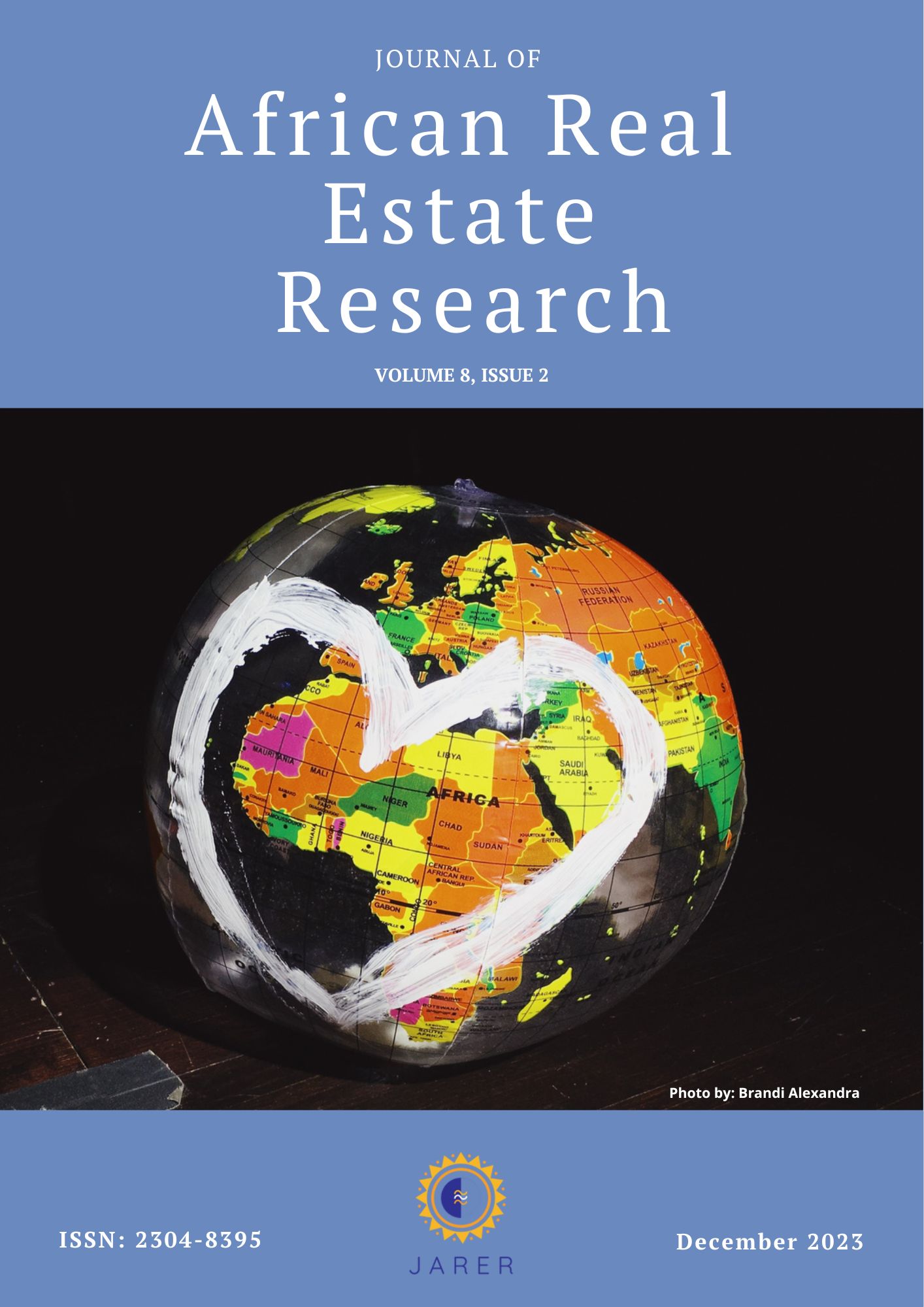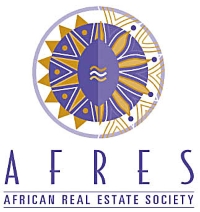Real Estate Research Trends and Directions in Africa:
Insights from the African Real Estate Society Conferences 2011-2022
DOI:
https://doi.org/10.15641/jarer.v8i2.1519Keywords:
AfRES , Conferences, Africa, emerging trends, real estate market, research trendsAbstract
This study explores the nature of research contributions to the African Real Estate Society (AfRES) conferences and establishes the emerging trends across African real estate markets. The study employed a desktop-review of 500 abstracts published in the AfRES Conference proceedings from 2011-2022. A descriptive quantitative content analysis in addition to line charts and other descriptive analyses were employed. The study finds that top research themes are Housing/Markets Analysis (19.32%), Finance/Investment (17.69%), Appraisal/Valuation (15.75%), Institutions (11.04%), and Policy issues (10.39%). The country-focused contributions showed the predominance of Nigeria, Ghana, and South Africa. Furthermore, the study finds that the practice of alternating the location of the annual conferences across regions is valuable for attracting diverse contributions across regional markets while also fostering inclusivity. The results show a significant preference for quantitative (43.20%) and qualitative (26.80%) analyses by authors. The study highlights research gaps that real estate academics, the AfRES and international research groups should consider in developing their research agenda for the continent. While the study has not explored the full complement of real estate research outlets on the African continent, the study’s findings could help in understanding how the African market and her research directions compare with other continental peers.
Downloads

Downloads
Published
How to Cite
Issue
Section
License
Copyright (c) 2024 Timothy Oluwafemi, AYODELE, Jonathan Oladeji, Abel Olaleye

This work is licensed under a Creative Commons Attribution 4.0 International License.



